Since the founding of NASA in 1958 by Eisenhower, the President of the United States, researchers and astronauts of the US space agency have increased our knowledge about the universe and the Solar System.
Here in this article, we will review the 10 most important achievements made by NASA throughout its history.
Although the space race was impelled by the political tension of the Cold War between the United States and Russia, NASA or the National Aeronautics and Space Act has always focused on the study of the Solar System. Now, after spending 60 years collecting information about the Moon, the Sun, and our neighboring stars and planets. The last decades have marked the beginning of outer space and the search for other planets similar to ours. But let us start from the beginning.
Table of Contents
Explorer 1, the first satellite
Immediately after the success of the Russian satellite Sputnik, NASA went to work on its first satellite; it is not always possible to be the first. It took only three months to finish Explorer 1.
The satellite arrived in space aboard a rocket equipped with an arsenal of tools to help scientists study the cosmic rays on Earth’s orbit. Although the photograph looks like a ballpoint pen, Explorer 1 was 203 centimeters long, 15.9 centimeters in diameter, and weighed about 14 kilos.
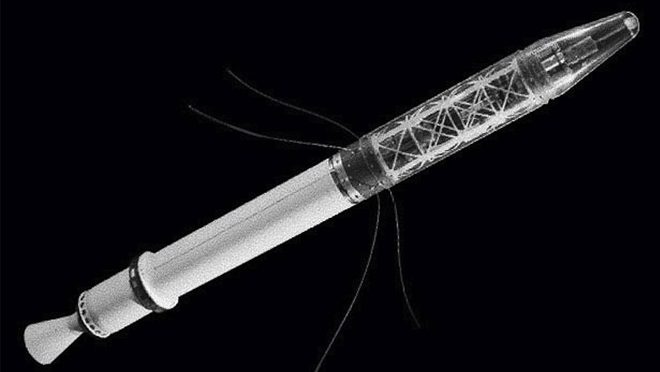
It was launched into space on January 31, 1958, and after five months of orbiting 12.5 times per day, the Explorer made its last transmission on May 23, 1958, but that was not its grand finale. Twelve years later and 58,000 orbits around the Earth, it entered the atmosphere and burned on May 31, 1970.
The results transmitted by the Explorer 1 cosmic ray detector served to develop the first theories about the radiation belts trapped by the Earth’s magnetic field, a second satellite would end up confirming this theory.
The first American astronaut to orbit the Earth
Maybe at this point, orbiting Earth seems to us a more or less simple journey for an astronaut, but at the time, it was quite an achievement for the United States. His name is Alan Shepard; he was not the first human being to climb into space, as would happen on other occasions. The Russians overtook the Americans; the first astronaut was named Yuri Gagarin.
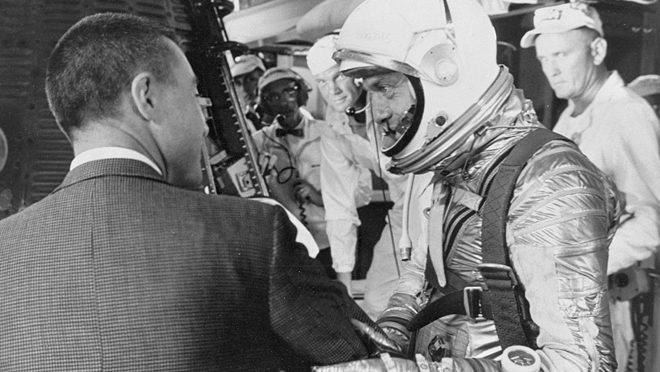

May 5, 1961, was a day of tension at NASA’s facilities. The launch was stopped several times to re-check the equipment, and weather conditions did not accompany it. Even so, after hours of delays, everything went well.
Shepard reached Earth’s orbit at the height of 187.5 kilometers, spent 15 minutes and 28 seconds traveling about 487 kilometers around the Earth and then sank into the Atlantic Ocean. There were no nerves, everything had gone perfectly, and this manned mission would be followed by many more.
A small step for man
Possibly the best-known achievement of NASA, more than 500 million people watched the broadcast and were thrilled to see how the first man left his mark on the surface of our satellite. The voices of the skeptics still sound today around this theme.
That’s one small step for [a] man, one giant leap for mankind – Neil Armstrong, NASA astronaut & the first man landed on Moon.
Since then, many more contemplated the “magnificent desolation” of the landscape, as described by Buzz Aldrin, one of their comrades of Armstrong on the trip. In all the trips that happened, these adventurers left objects on the dusty surface to show their way, but the object of greatest value is undoubtedly the flag of the United States placed that summer of 1969, an achievement that Americans owe to NASA.
The space shuttle, the first recyclable ship
Preparing each mission involves millions of dollars to build equipment that is only used once. President Richard Nixon was commissioned to announce the construction plan of a reusable spacecraft that was capable of reusing multiple missions.
For being the first, NASA chose the most basic design of a ferry, with two solid rocket boosters connected to an orbital module and an external fuel tank, and named them Atlantis.
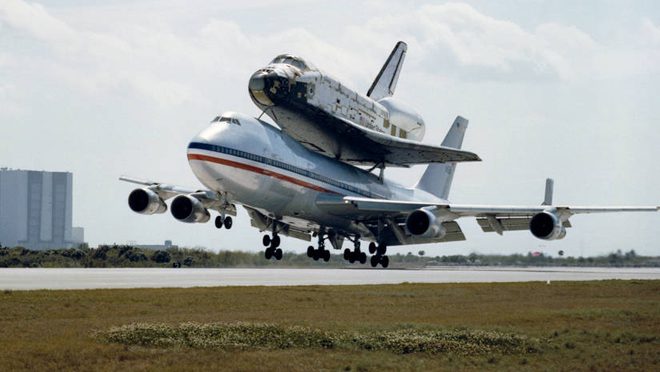

They had to overcome many obstacles, such as the scorching effect of crossing the atmosphere or avoiding landing in the ocean, as he had done on previous occasions. For the first problem, they designed a layer of ceramic tiles that absorbed the heat, and for the second, they decided that it would land like an airplane or glider on a runway.
Atlantis was followed by another four reusable ferries that would total more than 130 missions with stays on the International Space Station (ISS).
The Voyager units
The two space probes Voyager 1 and 2, are objects created by a human being that has reached the farthest in space. At the moment, both are on their way to the Oort Cloud, the last region where objects are still affected by the sun’s gravity, the last frontier of the Solar System.
A few days ago, the Voyager 2 Probe reached interstellar space, territory that had already reached his sister, Voyager, 1 years before. The two were launched into space the same year, in 1977, with just a few days of difference, but by the conditions of each journey, Voyager 1 went ahead, reaching interstellar space in 2012 to 18,000 million kilometers from Earth.
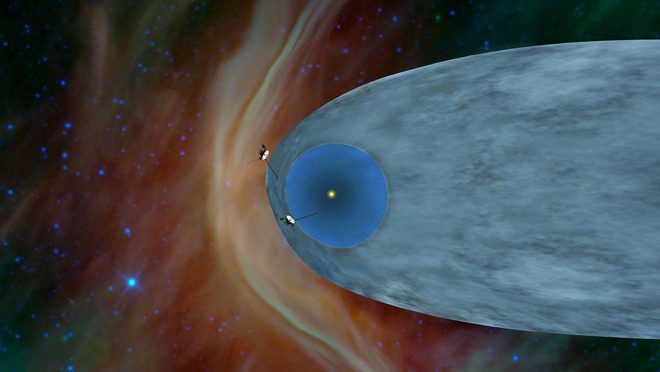

His epic journey had the mission to study the confines of the solar system by visiting the neighboring planets on the way. They have given us spectacular photographs of Jupiter, Saturn, Uranus, and Neptune. Despite having more than 40 years of exploration, both continue on their way, but time is running out.
NASA calculates that their batteries will only last 26 more years, and to reach the Oort Cloud, there would still be 300 years of passage. In any case, you can not deny them the feat of the trip and their contribution to the study of the Solar System.
Apollo 13, “Houston, we have a problem.”
On April 11, 1970, the Apollo 13 mission took off from Earth in the direction of the moon. About 60 hours later, an explosion shut down almost all the systems necessary to keep the astronauts on board alive. The rescue to bring back home alive James Lovell, John Swigert, and Fred Hayes became instantly the priority and one of the most difficult challenges that the US space agency has faced.
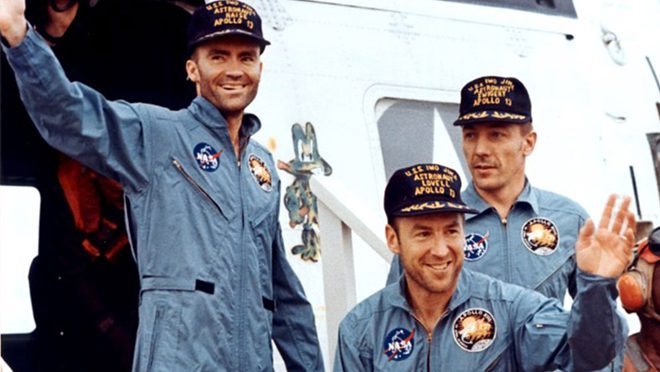

Such was the lived tension that kept the whole country awaiting the news and ended up becoming a Hollywood movie responsible for popularizing the phrase “Houston, we have a problem. ” Many are those who claim that the phrase is an invention of the film industry, but whether real or not, even NASA uses it in their writings on the subject.
The second tank was broken when a fan was turned on, just after the television broadcast was over and the successful launching was ensured. The explosion of the tank damaged another one. Immediately afterward, two of the fuel cells of the boat went out.
Apollo 13 was more than 300,000 kilometers from Earth, losing oxygen and blocked with the electric power systems, water, heat, and light. While the astronauts subsisted as they could, their only hope was the speed of the control engineers to make months of calculations in days and find a way to return home. This failed mission is remembered as one of his greatest achievements.
Robots conquer Mars
Much is speculated and dreams of the conquest of Mars, the Red Planet, with living a day on its surface. But if you think for a moment, Mars has already been conquered by human being, even indirectly. The planet is increasingly plagued by robots or rovers exploring the landscape and gathering information.
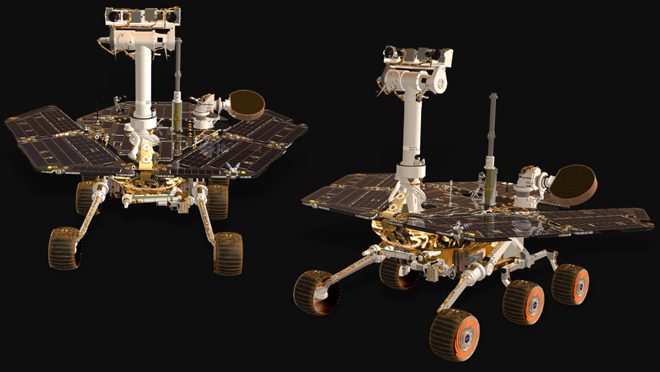

The Mars Pathfinder was the first to step on Martian soil in 1997, followed by others until it became nine robots exploring Mars. Some of the first who arrived is no longer active after spending years working for different reasons and ended up shutting down permanently.
NASA planned to send more rovers in 2020, so this small community of explorers will continue to grow until humans are prepared to visit in person.
The Juno mission
Of all the achievements we will tell you in this report, this mission is one of the most recent. In August of 2011, the Juno mission took off destined to Jupiter, it must study from the gravitational fields of the planet to the atmosphere plagued by storms that give it that characteristic aspect.
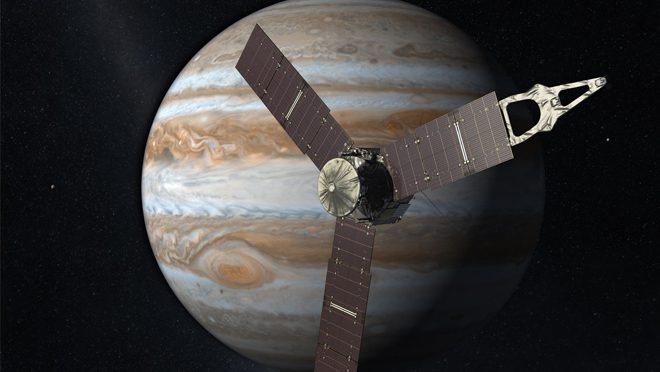

It took six years to reach the planet, although it had already achieved a record to be the first spacecraft with solar energy that had reached farther. Currently, it continues to orbit around Jupiter in an elliptical manner and gather crucial information to better understand this gigantic planet.
The Chandra X-ray Observatory
The Chandra telescope occupied for years the title of the most sensitive X-ray telescope in the world. This machine has been able to see things like the fraction of a second in which the spatial particles disappear into a black hole.
Unlike optical telescopes, X-rays use the higher-energy particles, that is, the X-rays, instead of the visible light to capture the images. The telescopes must be launched into space to avoid the barrier that the atmosphere supposes and that prevents the X-rays from coming from the outside.
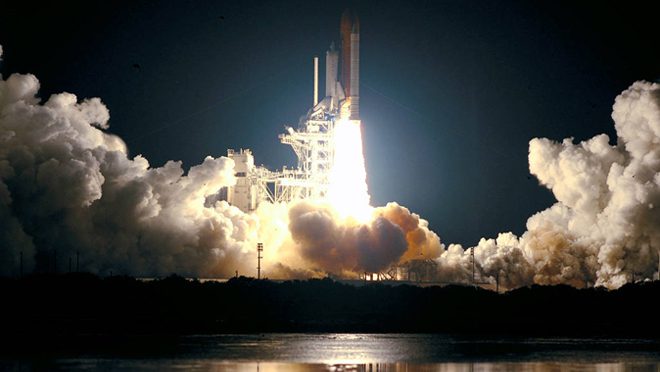

Chandra became 25 times more sensitive than any previous X-ray telescope. This telescope has provided images of supernovas, exploding stars, and black holes. With all this information, the scientific community has been able to improve their understanding of the life and death of stars, among many other data about the universe, such as the level of habitability of distant planets.
All the findings made by the Chandra Telescope are registered on the NASA website.
The eye of NASA, the Hubble telescope
In the time of the Earth’s light telescopes, our vision of the universe was blurred. Astronomers needed sharper images to study the universe and decided to change their strategy. The atmosphere of the Earth, full of clouds, water, and gas vapors, distorts the light coming from space, preventing the taking of clear photographs, even if the lens is of the best quality.
The engineers decided to take the photographic equipment out of the earth’s atmosphere creating the space telescopes. Of all those made, Hubble, in honor of the astronomer Edwin Hubble, has been the most important photographer of the US space agency.
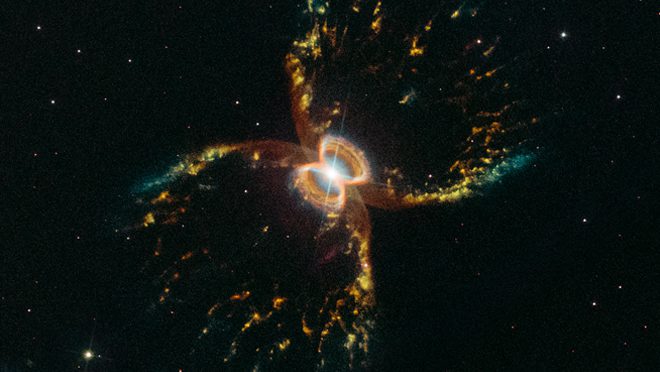

More than 1.5 million astronomical observations and photographs taken of more than 40,000 space objects have been made since arriving in space in 1990. It captures the center of a galaxy 40 million light years from our planet Earth and measures approximately the miles to the Milky Way.
But the Hubble Telescope is not just NASA’s merit, it was built with the help of the European Space Agency. Its extensive history has been summarized in this timeline, which you can study more on this link.




